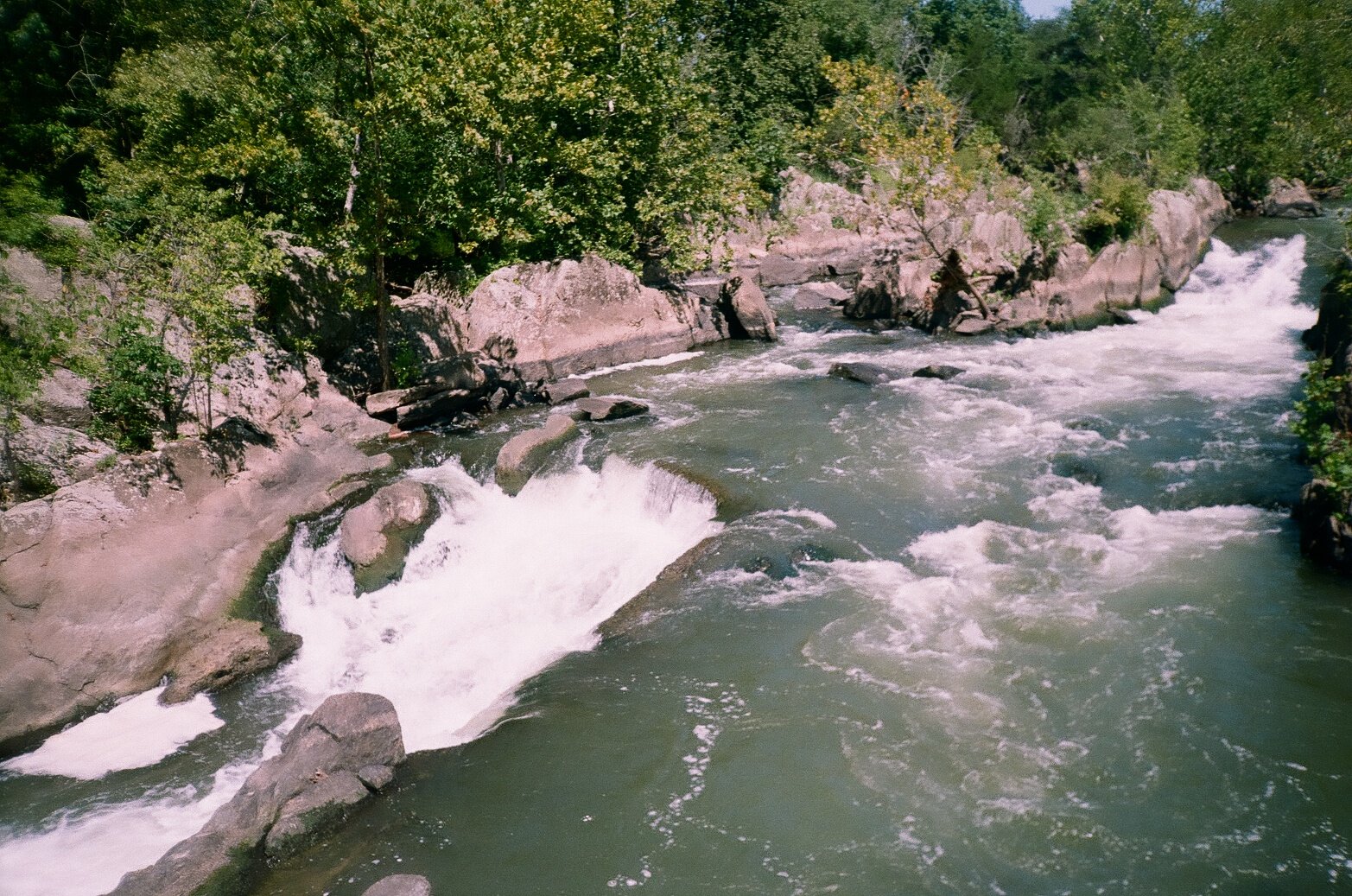The Great Waters of the United States
About 117 million people, or more than one third of the total U.S. population, gets some or all of their drinking water from public water systems that rely in some part on intermittent, ephemeral or headwater streams. This is water pumped through underground pipes from large wells, lakes, rivers, or reservoirs. This water not only is used in our homes but supports our fish and wildlife as well. Keeping this water clean is essential to our nation’s economy and survival.
In 2015 the Obama administration introduced the Clean Water Rule (CWR), known as the Waters of the United States Rule (WOTUS). The aim of this rule was to clarify what actually constitutes as the ‘waters of the United States’. This term was first mentioned in the 1972 Clean Water Act. The Clean Water Act states that WOTUS are ‘traditional navigable waters, interstate waters, and all other waters that could affect interstate or foreign commerce, impoundments of waters of the United States, tributaries, the territorial seas, and adjacent wetlands”. However, this became a hard definition to defend within the supreme courts. What waters are actually federally protected under this rule? There has been much debate over time about what constitutes as WOTUS, which has led to concerns among industry and environmental protection groups alike.
The Obama administration aimed to clear up this definition by defining the scope of federal water protection as particularly over streams and wetlands which have a significant hydrological and ecological connection to traditional navigable waters, interstate waters, and territorial seas. This includes those reservoirs, headwater streams and ephemeral ponds mentioned above.
The CWR was based on a review of 1,200 scientific studies that found that streams and wetlands were connected to waters downstream. The streams and wetlands that the CWR protects not only affect the water quality for fish downstream, but also provide nesting habitat for more than 50 percent of North American waterfowl. Wetlands span over 110 million acres across the U.S., and provide critical habitat for fish and wildlife while simultaneously aiding in filtration of contaminated runoff and groundwater storage. If we lose these wetlands, we risk losing habitat for fish and wildlife and subsequently the economic benefits of having both.
The Trump administration formally suspended the Clean Water Rule on January 23rd. Its replacement will strip protections from more than half of the nation's wetlands and allow landowners to dump pesticides into waterways, or build over wetlands, for the first time in decades. That could open millions of acres of pristine wetlands to pollution or destruction, and allow chemicals and other pollutants to be discharged into smaller headland waters that eventually drain into larger water bodies. Wetlands play key roles in filtering surface water and protecting against floods, while also providing wildlife habitat.
This is not simply a rollback of Obama administration policies; it rolls back the policies from the ‘70s and ‘80s that protected smaller headwaters. This puts drinking water for millions of Americans at risk of contamination from unregulated pollution. Not only does this new set of policies remove protections for some wetlands and streams that run intermittently or temporarily underground, it will also get rid of a requirement that landowners seek permits from the U.S. Environmental Protection Agency (EPA), which had considered permits on a case-by-case basis before 2015.
The Trump administration’s new rule, which will be implemented in about 60 days, is the latest step in the Trump administration’s push to repeal or weaken nearly 100 environmental rules and laws, loosening or eliminating rules on climate change, clean air, chemical pollution, coal mining, oil drilling and endangered species protections. But farmers and fossil fuel groups supported the change.
PHOTO CREDIT TATIANA EAVES


